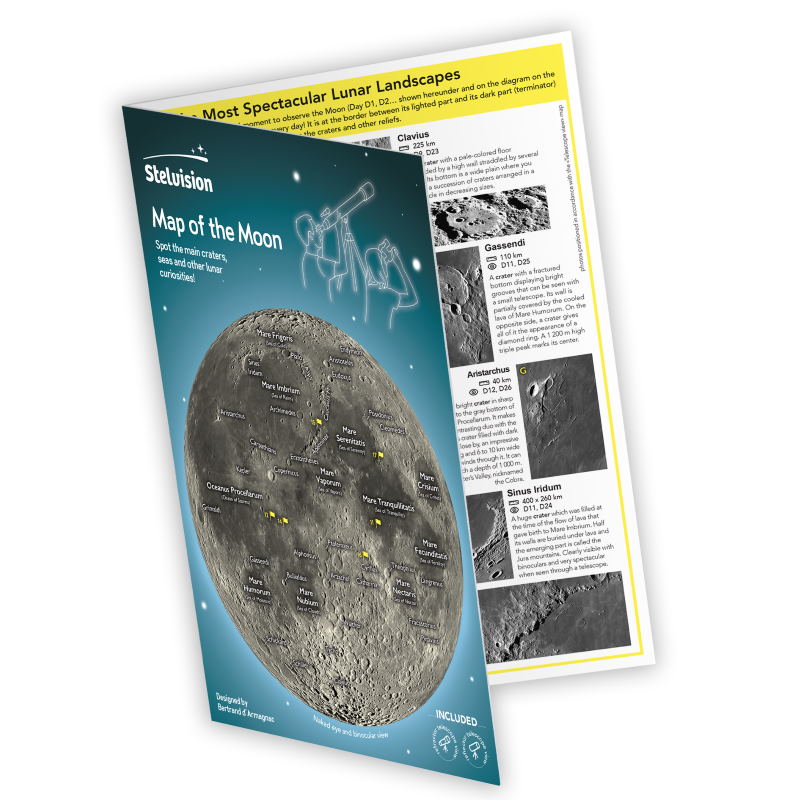
Sporadic meteors are caused by a random mix of particles shed by both comets and asteroids. ( Click here to read an in-depth explanation.) What is a Meteor Shower? The air molecules cool down in just a split second, giving off light as they do so. Many people think a meteor occurs because the particle is “burning up.” But actually friction with air molecules along the path flash-heats the particle and its immediate surroundings to thousands of degrees. Those high velocities give each particle a lot of kinetic energy, which converts to heat due to friction in the upper atmosphere. Typically they’re no bigger than big sand grains, and something the size of a pea can create a meteor that’s dramatically bright. The little nuggets in Grape-Nuts cereal are a close match to the size of particles that typically create meteors in our atmosphere.īecause they’re arriving so fast, it doesn’t take a very large particle to make a dramatic flash. And although some meteors look bright enough that it seems you can almost touch them, actually they occur very high up, at altitudes of 50 to 75 miles (80 to 120 km). These fragments of space rock strike Earth’s upper atmosphere at speeds of 20 to 45 miles (30 to 70 km) per second, creating momentary streaks of light.

The rarest of these, called a bolide, shatters explosively into pieces during its rapid descent and can even create a loud boom.Įvery day, Earth is bombarded by roughly 25 million bits of interplanetary debris, totaling more than 100 tons of dust and sand-sized particles. And they range in brightness from tiny blips just at the limit of visibility to dramatically bright fireballs that outshine Venus and light up the nightscape around you. They can occur at any time on any night in any part of the sky. If you look up into a dark, Moonless night sky from a location far from city lights, you’ll see brief streaks from sporadic meteors a few times every hour. The answer, of course, is a bright meteor - often called a “shooting star.”ĭerived from the Greek word meteoros (meaning “high in the air”), meteors are actually fairly common. Here’s a cosmic quiz: What celestial event happens every hour of every day - and yet never fails to evoke an unexpected gasp of excitement when you see it?

Click here to view the full-resolution version. A dazzling Geminid fireball streaks across Orion in the predawn hours of December 14, 2017.


 0 kommentar(er)
0 kommentar(er)
